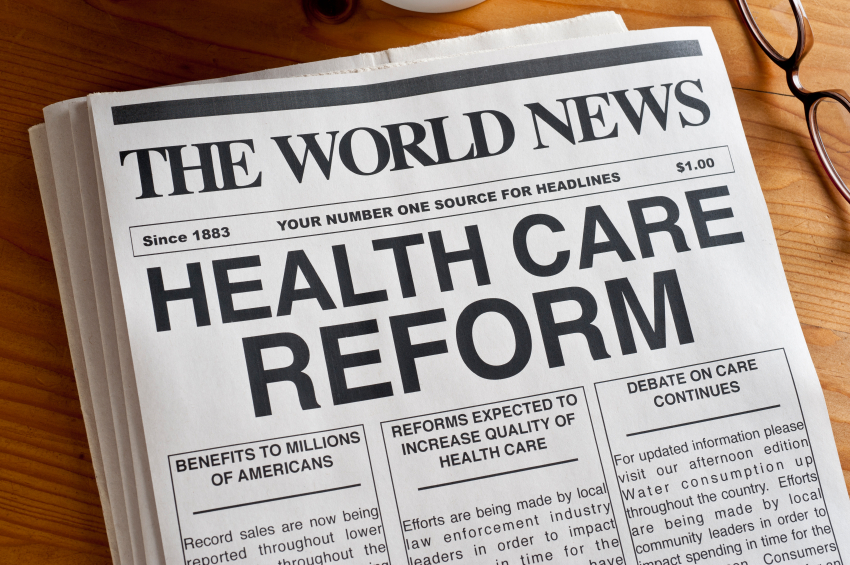Navigator Guide FAQs of the Week: The End of Open Enrollment

In most states, January 15 marks the end of the open enrollment period for marketplace coverage. A record number of people have already selected a 2023 plan. While taking the final steps to enroll in coverage, there are a few important policies and procedures to keep in mind. We’ve gathered some of the FAQs from our Navigator Resource Guide to help consumers through the process of finalizing their enrollment.
I’ve picked the plan I want. Now do I send my premium to the marketplace?
No, you will make your premium payments directly to the health insurance company. Once you’ve selected your plan, the marketplace will direct you to your insurance company’s website to make the initial premium payment. Insurance companies must accept different forms of payment and they cannot discriminate against consumers who do not have credit cards or bank accounts. The insurance company must receive and process your payment at least one day before coverage begins. Make sure you understand your insurance company’s payment requirements and deadlines and follow them so your coverage begins on time. Your enrollment in the health plan is not complete until the insurance company receives your first premium payment.
If you have qualified to receive a premium tax credit and have chosen to receive it in advance, the government will pay the credit directly to your insurer and you will pay the remainder of the premium directly to the insurer.
(45 C.F.R. § 155.305; 45 C.F.R. § 147.104).
If I buy a plan during open enrollment, when does my coverage start?
Open enrollment is from November 1, 2022 to January 15, 2023 in most states. If you enroll by December 15, 2022, and if you make your first premium payment by the due date specified by your plan, your new coverage will start on January 1, 2023. If you enroll on January 15 and pay your first month’s premium payment, your new coverage would start on February 1.
To find out if your state has a different open enrollment period, visit our state fact sheets. (45 C.F.R. § 155.410)
I received a notice saying there is a data matching issue on my application and the marketplace needs to verify my income. How should I verify my income?
A data matching issue means the marketplace is not able to verify the information on your application based on the data the marketplace already has for you. To resolve the data matching issue with your application, the marketplace is likely to contact you and ask you to verify your income. The marketplace will provide you with 90 days to submit the required verification. You can also do so by uploading documents to the marketplace online or by sending photocopies in the mail. Verifying documents can include a federal or state tax return, a letter of termination, or pay stubs. To determine which documents you need to submit, please consult this guide here. If you need more than 90 days to locate the required documentation, you can request an extension by calling the marketplace call center (1-800-318-2596 for HealthCare.gov).
(HHS; HealthCare.gov, How do I resolve a data matching issue?)
My insurer says I owe past due premiums for coverage and won’t enroll me for new coverage until I pay them. Is this allowed?
No, this is not allowed. Beginning in 2023, insurers can no longer require an applicant to pay outstanding premium debt from previous coverage, nor can they use that debt as a condition of new enrollment. If you think a health insurer is denying you enrollment because you have premium debt from prior coverage, contact your state’s marketplace or state insurance department; a list of state departments of insurance is available under our Resources, When and How to Contact Insurance Regulators. (45 C.F.R. § 147.104).
Keep in mind, some states have extended their open enrollment period beyond January 15—check out our state fact sheets to see when your annual enrollment window ends. For information about marketplace coverage options, making a plan selection, and other issues related to finalizing enrollment, take a look at the Navigator Resource Guide, which features over 300 searchable FAQs and additional enrollment resources. In our next installment of weekly FAQs, we’ll highlight answers to common post-enrollment questions.





